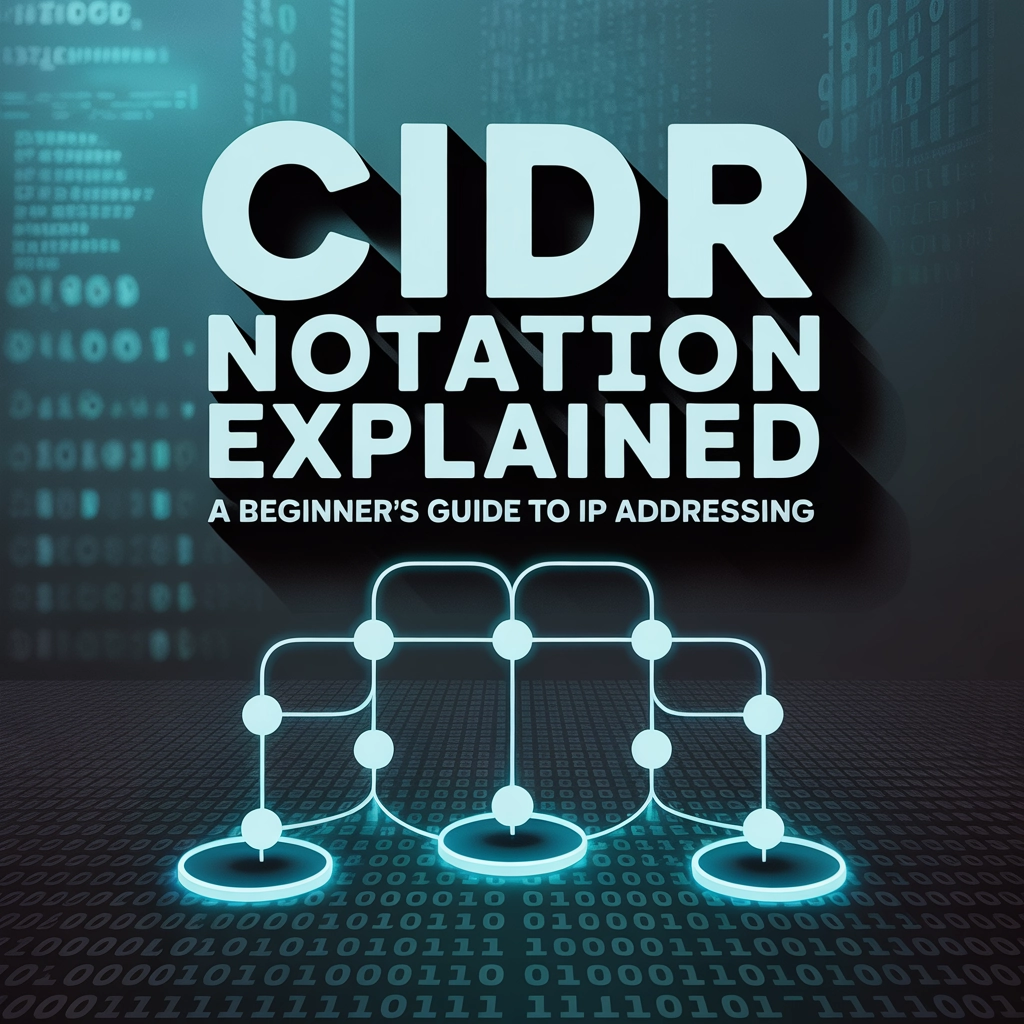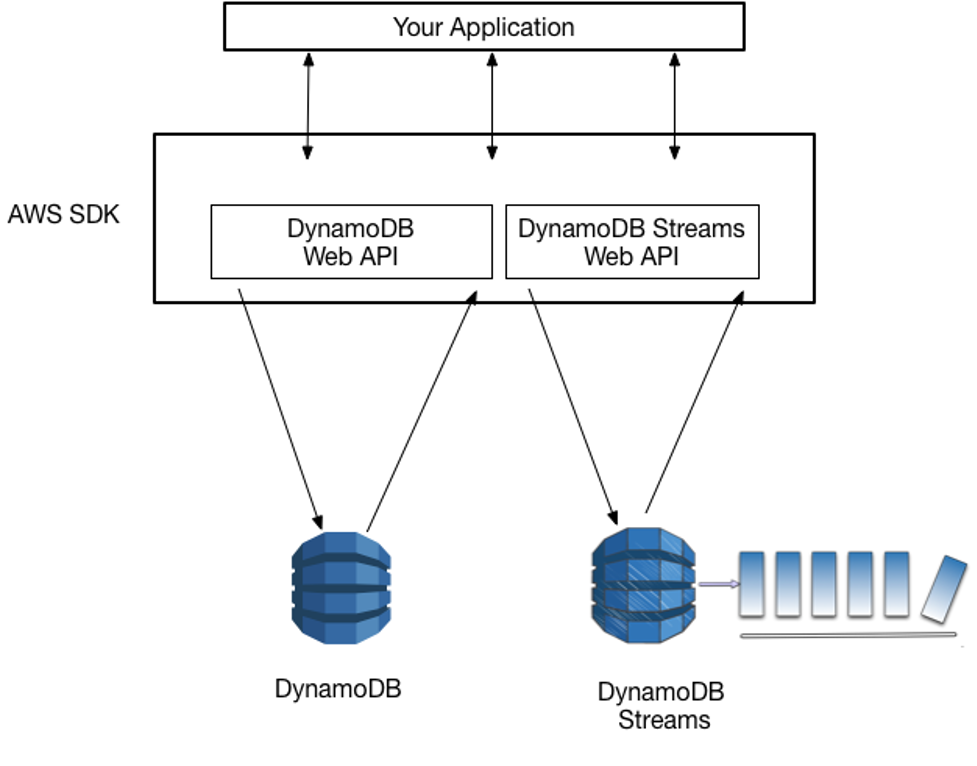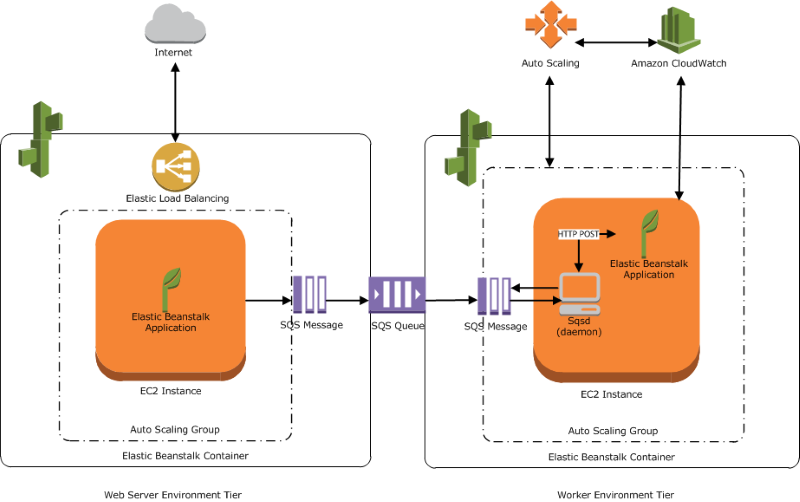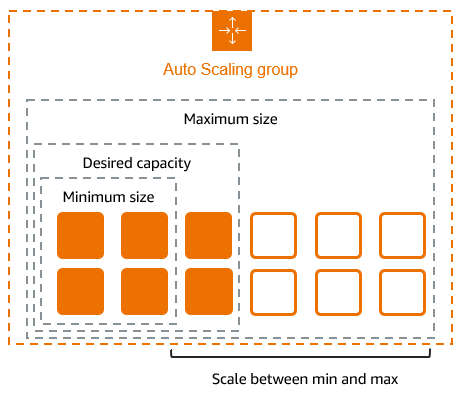In today's increasingly connected world, understanding how devices communicate over networks is a foundational skill for IT professionals. Whether you're configuring a home network, studying for a certification, or preparing for a career in cloud computing, IP addressing is a concept you simply can't avoid. At the heart of modern IP addressing lies CIDR notation—a system that might seem cryptic at first, but becomes intuitive once you grasp its purpose and mechanics.
What is an IP Address?
An IP (Internet Protocol) address is a numerical label assigned to each device connected to a computer network. Think of it as a home address for your devices—it tells data packets where to go and where they came from.
IP addresses serve two main functions:
- Host or Network Interface Identification: Distinguishing one device from another
- Location Addressing: Providing the device's "address" for routing purposes
Each IP address must be unique within its network to avoid confusion and ensure proper data delivery—much like how two houses on the same street can't share the same address number.
Difference Between IPv4 and IPv6
Before diving into CIDR notation, it's important to understand the two main IP addressing protocols:
IPv4 (Internet Protocol version 4)
- Uses 32-bit addresses written as four decimal numbers separated by periods (e.g., 192.168.1.1)
- Provides approximately 4.3 billion unique addresses
- The original and still most widely used IP addressing system
- Nearly exhausted globally due to the explosion of internet-connected devices
IPv6 (Internet Protocol version 6)
- Uses 128-bit addresses written in hexadecimal format separated by colons (e.g., 2001:0db8:85a3:0000:0000:8a2e:0370:7334)
- Provides an astronomically larger address space (340 undecillion addresses)
- Designed to replace IPv4 and solve address exhaustion
- Adoption is growing but still not universal
While both protocols serve the same fundamental purpose, IPv6 was developed to address the limitations of IPv4, particularly the exhaustion of available addresses.
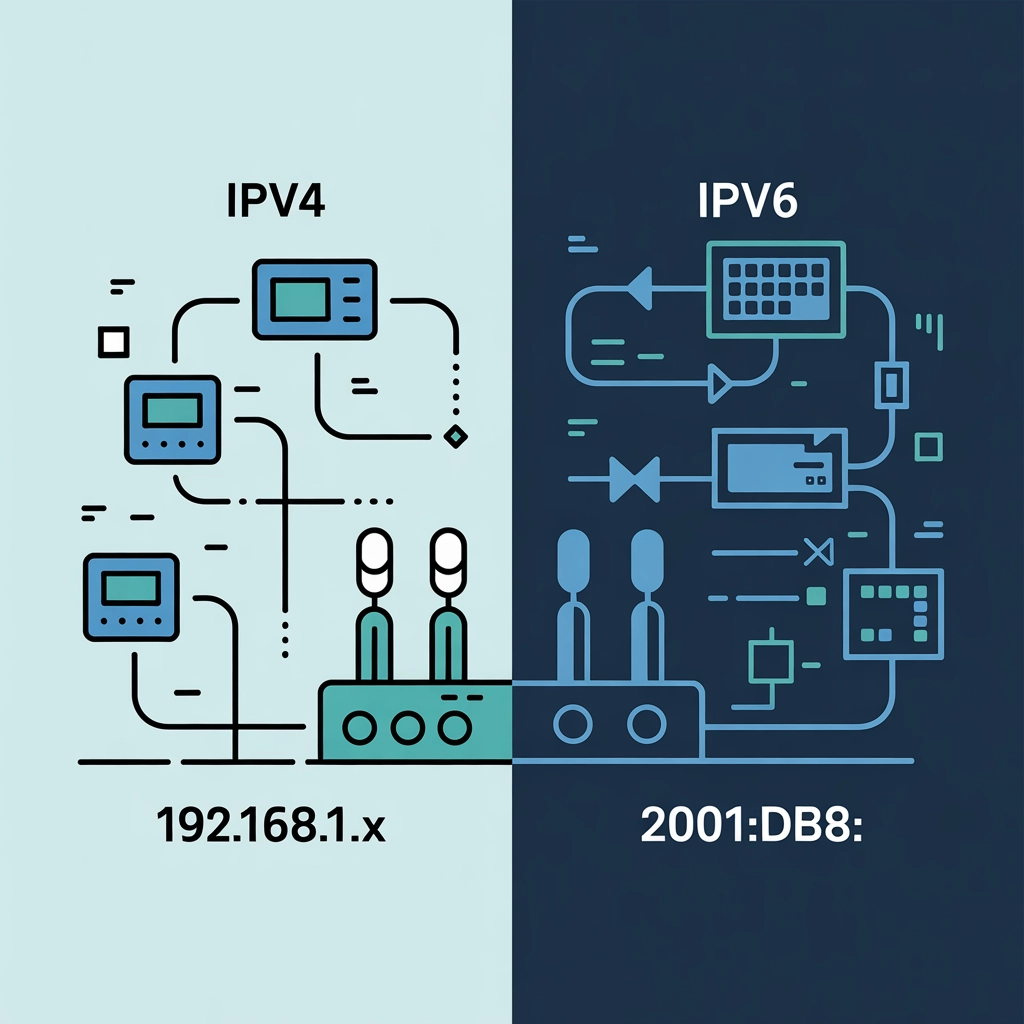
What is CIDR?
CIDR (Classless Inter-Domain Routing, pronounced "cider") is a method for allocating IP addresses and routing IP packets. Developed in the early 1990s, CIDR represents a more flexible alternative to the original system of IP address classes.
At its core, CIDR allows network administrators to allocate IP addresses in variable-sized blocks rather than being restricted to the fixed blocks defined by the traditional class system. This flexibility helps conserve IP address space and makes routing more efficient.
Why CIDR Replaced Classful Addressing
To appreciate CIDR's significance, we need to understand what came before it: classful addressing.
The Old Way: Classful Addressing
Originally, IPv4 addresses were divided into five classes:
| Class | First Bits | First Byte Range | Default Subnet Mask | Number of Networks | Hosts per Network |
|---|---|---|---|---|---|
| A | 0 | 0-127 | 255.0.0.0 (/8) | 126 | 16,777,214 |
| B | 10 | 128-191 | 255.255.0.0 (/16) | 16,384 | 65,534 |
| C | 110 | 192-223 | 255.255.255.0 (/24) | 2,097,152 | 254 |
| D | 1110 | 224-239 | (Multicast) | N/A | N/A |
| E | 1111 | 240-255 | (Reserved) | N/A | N/A |
This classful system had significant limitations:
- Inflexible allocation: Organizations received either too many or too few IP addresses
- Routing inefficiency: The internet routing tables became unwieldy as networks grew
- Address space wastage: Many allocated addresses remained unused
The Solution: CIDR
CIDR solved these problems by:
- Eliminating fixed classes: Networks could be any size, not just class A, B, or C
- Allowing variable-length subnet masks: Networks could be divided more efficiently
- Enabling route aggregation: Multiple network routes could be combined, reducing routing table size
This shift to "classless" addressing was crucial in extending the life of IPv4 as the internet experienced explosive growth.
CIDR Notation: What Does /24, /16, /30 Mean?
CIDR notation uses a simple format: an IP address, followed by a slash, followed by a number that represents the prefix length (the number of bits used for the network portion of the address).
For example: 192.168.1.0/24
The /24 means that the first 24 bits (or the first three octets) of the address define the network, and the remaining 8 bits identify hosts within that network.
Common CIDR Notations and Their Meanings
| CIDR Notation | Subnet Mask | Number of Addresses | Typical Use |
|---|---|---|---|
| /32 | 255.255.255.255 | 1 | Single host |
| /31 | 255.255.255.254 | 2 | Point-to-point links |
| /30 | 255.255.255.252 | 4 (2 usable) | Point-to-point WAN links |
| /29 | 255.255.255.248 | 8 (6 usable) | Small subnet |
| /28 | 255.255.255.240 | 16 (14 usable) | Small office |
| /24 | 255.255.255.0 | 256 (254 usable) | Traditional Class C network |
| /16 | 255.255.0.0 | 65,536 | Traditional Class B network |
| /8 | 255.0.0.0 | 16,777,216 | Traditional Class A network |
The smaller the number after the slash, the larger the network. The relationship is inverse.
The Math Behind CIDR
To calculate the number of available addresses in a CIDR block:
- Subtract the CIDR prefix from 32 (for IPv4)
- Raise 2 to the power of that number
For example, a /24 network:
- 32 – 24 = 8
- 2^8 = 256 addresses
For usable host addresses, subtract 2 (for the network address and broadcast address):
- 256 – 2 = 254 usable addresses

Tools to Convert CIDR to IP Range
Several online and command-line tools can help you work with CIDR notation:
Online Tools
- IPAddressGuide: Calculate IP ranges, subnet masks, and more
- CIDR Calculator: Visualize network ranges with binary representations
- IP Subnet Calculator: Convert between CIDR and traditional notation
Command-Line Tools
- ipcalc (Linux):
ipcalc 192.168.1.0/24 - sipcalc (Linux): More advanced IP calculations
- PowerShell (Windows):
Get-Subnet -IP 192.168.1.0 -Mask 24
Programming Libraries
- Python:
ipaddressmodule - JavaScript:
ip-addressornetmaskpackages - Java:
InetAddressclass
These tools simplify working with CIDR notation, especially when dealing with complex subnetting tasks.
Visual Examples
Let's break down some CIDR notation examples to make the concept more concrete:
Example 1: 192.168.1.0/24
- Network address: 192.168.1.0
- Subnet mask: 255.255.255.0
- First usable IP: 192.168.1.1
- Last usable IP: 192.168.1.254
- Broadcast address: 192.168.1.255
- Total addresses: 256 (254 usable)
Example 2: 10.0.0.0/16
- Network address: 10.0.0.0
- Subnet mask: 255.255.0.0
- First usable IP: 10.0.0.1
- Last usable IP: 10.0.255.254
- Broadcast address: 10.0.255.255
- Total addresses: 65,536 (65,534 usable)
Example 3: 172.16.0.0/12
- Network address: 172.16.0.0
- Subnet mask: 255.240.0.0
- First usable IP: 172.16.0.1
- Last usable IP: 172.31.255.254
- Broadcast address: 172.31.255.255
- Total addresses: 1,048,576 (1,048,574 usable)
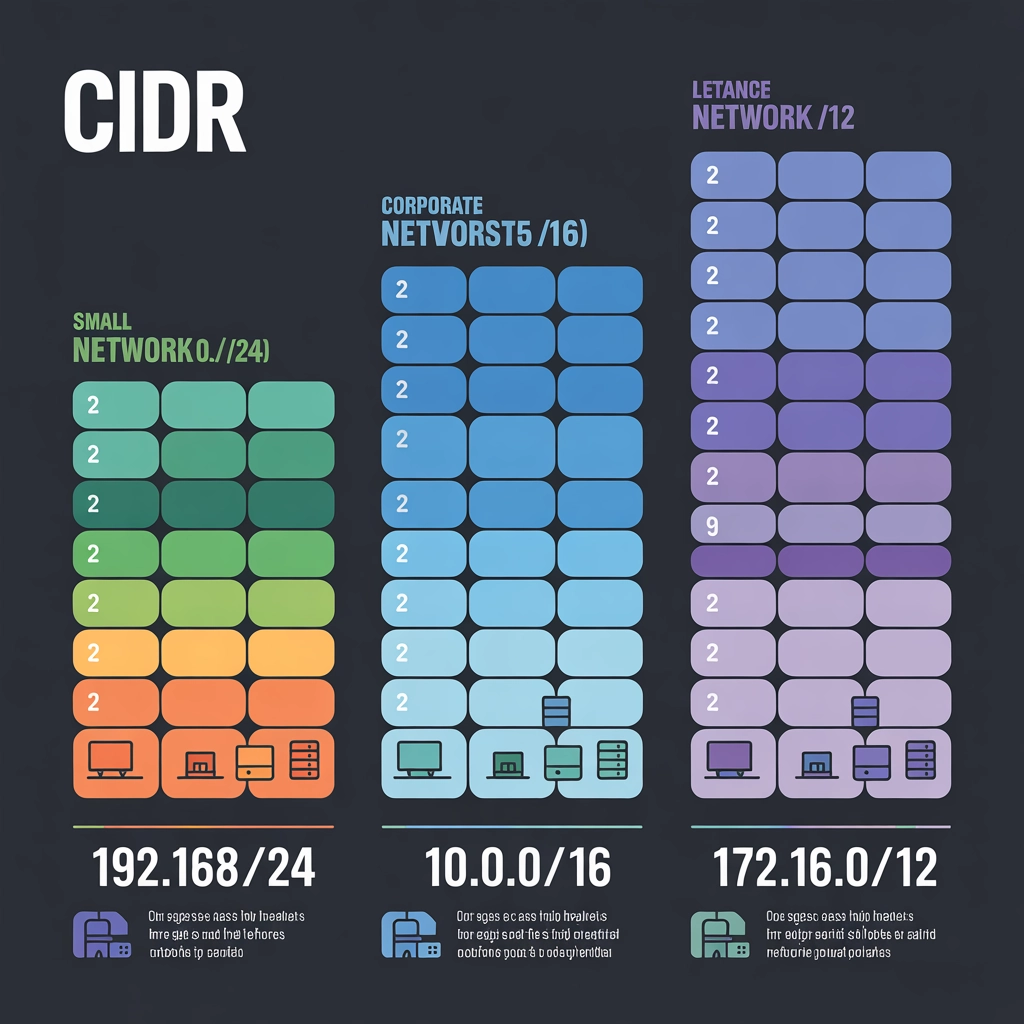
Real-World Use Cases
CIDR notation is foundational to many networking scenarios:
Home and Small Office Networks
Most home routers use the CIDR block 192.168.1.0/24 or similar, providing 254 usable addresses—plenty for most households. Understanding CIDR helps when troubleshooting connectivity issues or setting up more complex home networks.
Enterprise Network Design
Large organizations might use multiple subnets with different prefix lengths based on department size. For example:
- Marketing department (50 employees): 10.1.1.0/26 (62 usable IPs)
- Engineering department (200 employees): 10.1.2.0/24 (254 usable IPs)
- Data center (1000+ servers): 10.2.0.0/20 (4094 usable IPs)
Cloud Infrastructure
Cloud providers like AWS, Azure, and GCP all use CIDR notation for their networking components:
- AWS VPCs require CIDR blocks between /16 and /28
- Subnets within those VPCs can have their own CIDR blocks
- Proper CIDR planning prevents IP conflicts when connecting networks
Internet Service Providers
ISPs use CIDR to allocate addresses to customers and manage their internal networks:
- A residential customer might receive a single IP (/32) or small block (/30)
- A business customer might receive a /29 or larger block
- CIDR aggregation helps ISPs maintain efficient routing tables
Conclusion
CIDR notation revolutionized IP addressing by introducing flexibility where rigid classes once dominated. For beginners in IT and networking, understanding CIDR is a crucial step toward mastering more advanced networking concepts.
The ability to efficiently allocate address space and create subnets of appropriate sizes makes CIDR indispensable in modern networking—from small home setups to massive cloud infrastructures. As you continue your IT journey, you'll find this knowledge applicable across numerous platforms and technologies.
For those interested in cloud computing specifically, understanding CIDR notation is essential for working with virtual private clouds in AWS, Azure, and Google Cloud. Check out our AWS Route 53 Explained guide for more insights into how networking fundamentals apply to cloud environments.
Whether you're preparing for a certification exam or configuring your first network, the time invested in learning CIDR notation will pay dividends throughout your IT career.

